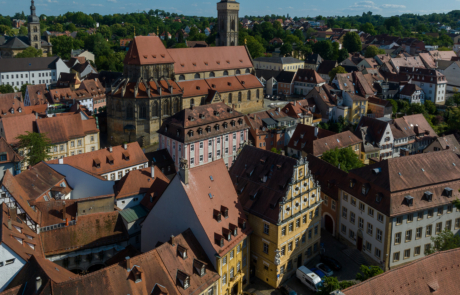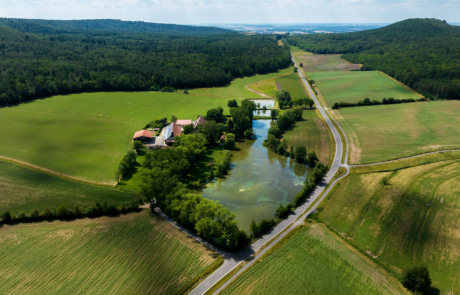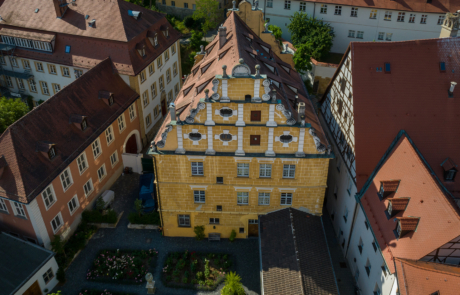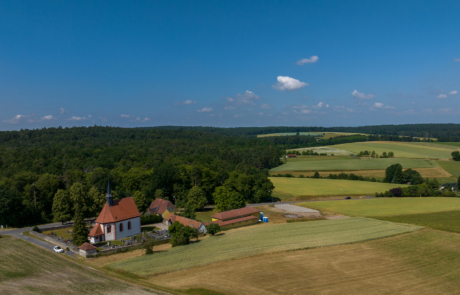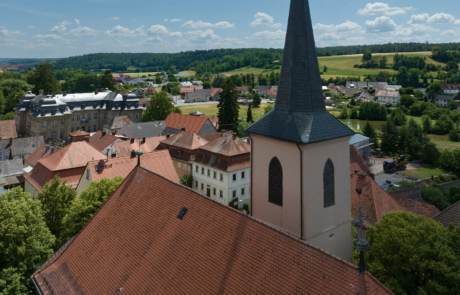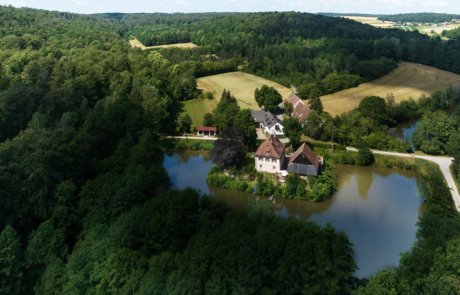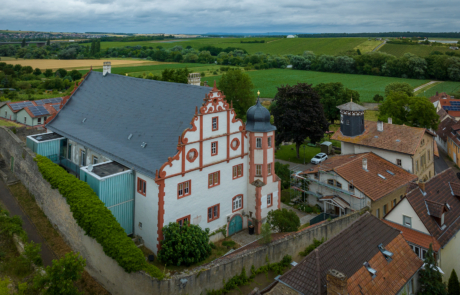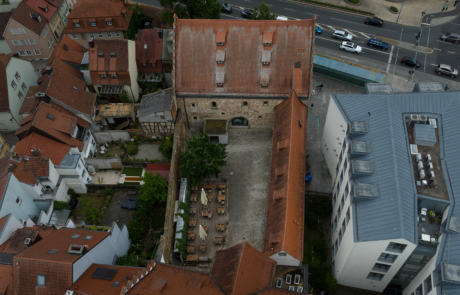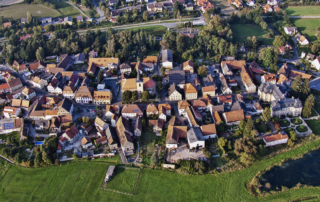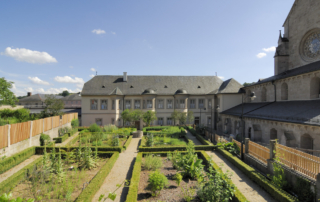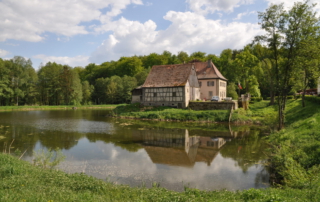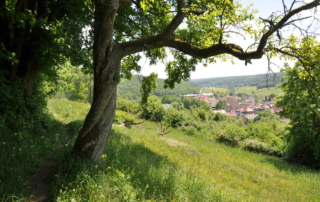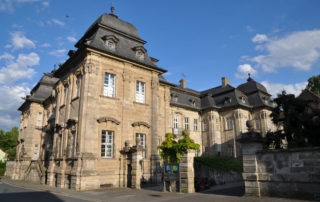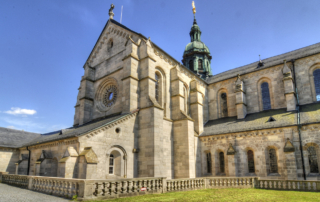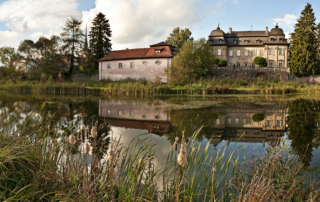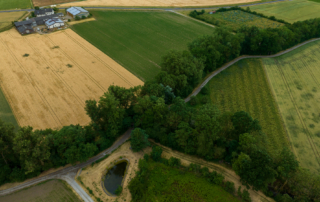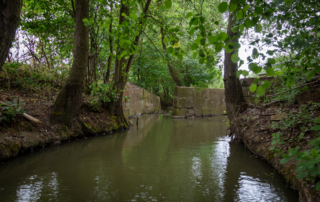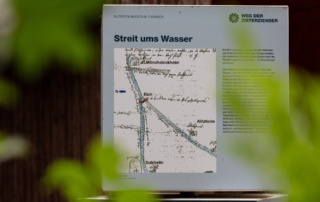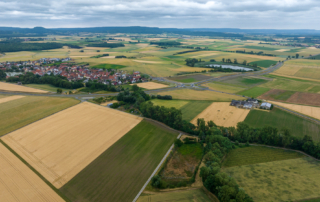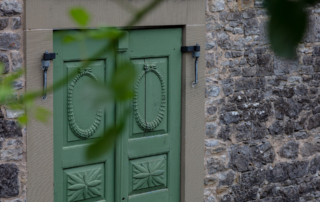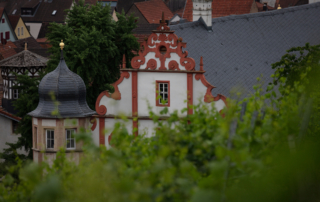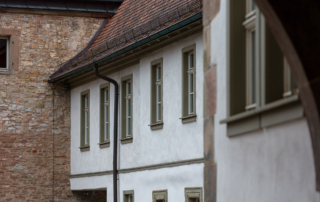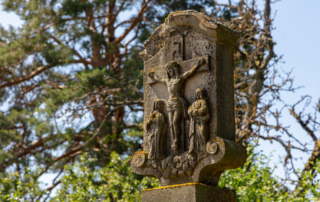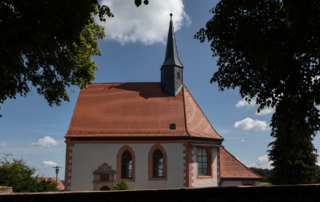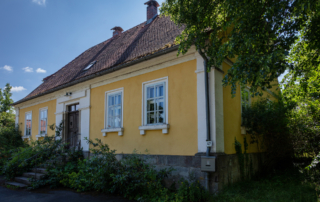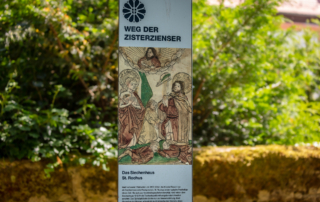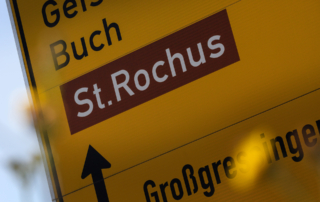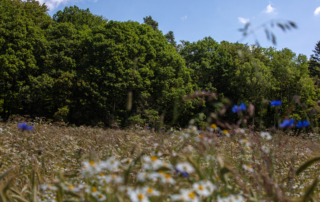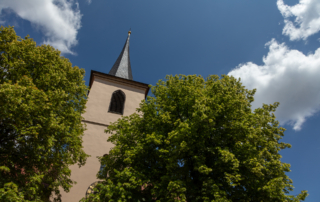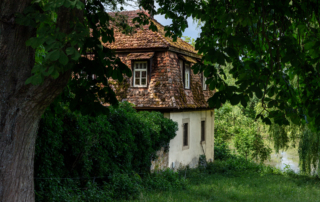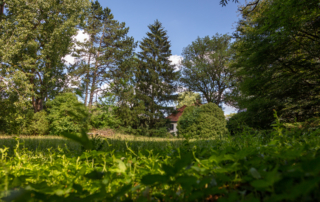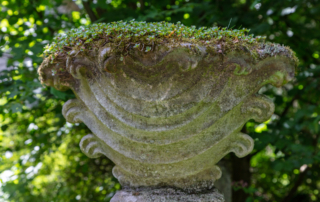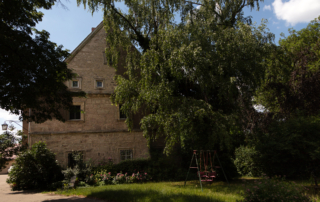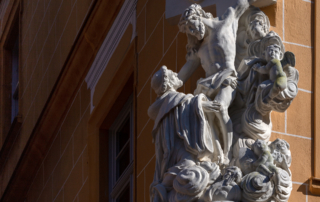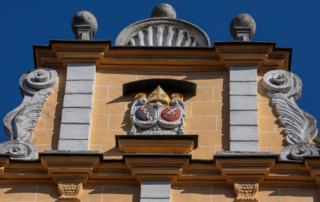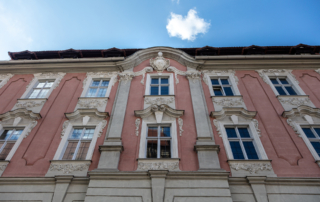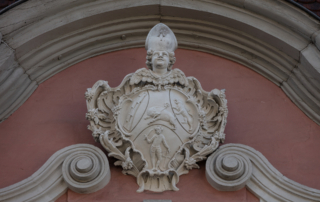EBRACH
Date of foundation: 1127 (order number 28 according to Janauschek)
Date of dissolution: 1803
Filiation / mother monastery: Morimond
Daughter monasteries: Rein Abbey, Heilsbronn Abbey, Langheim Abbey and three other monasteries
Ebrach Abbey, founded as Morimond’s daughter in the valley of the Middle Ebrach, is the oldest Cistercian monastery on the right bank of the Rhine and plays a key role in the order’s eastern movement. The monastery was one of the wealthiest monasteries in Franconia with the Prince-Bishopric of Würzburg as its sovereign. Viticulture, forestry and fish farming characterized the monastic cultural landscape in the densely wooded area of the Steigerwald.
Audio version
You will also find lots of answers and exciting questions in our Cistercian landscapes information center in the former orangery in the upper abbey garden in Ebrach. The best view of the monastery complex is included.
Places in the Ebrach monastery
landscape
landscape
Current events
Latest posts
The cultural landscape
Ebrach Monastery was founded in 1127 in the middle Ebrachtal valley. Morimond’s first daughter monastery on the right bank of the Rhine flourished under Abbot Adam. By 1136 there were already seven granges, and by 1158 six subsidiaries had been founded. From the 13th to the 15th century, there was a comprehensive expansion of property and fiefs. Ebrach grew into one of the wealthiest monasteries in Franconia with the Prince-Bishopric of Würzburg as its sovereign. The monastery was dissolved in 1803 and is now home to a juvenile detention center.
The core property of Ebrach Monastery was located in the northern Steigerwald in the Mönchsgau region. Mönchseigen, with the official town of Sulzheim and the surrounding villages, was located in the old populated Steigerwald foothills, with the official town of Oberschwappach bordering to the east. Other important official residences and wine-growing locations were Mainstockheim (since 1136) and Elgersheim (since 1178). There were also Ebrach estates between Nuremberg and Schwabach. Some of the farmsteads surrounded the abbey like a ring, including the Waldschwinder Hof (since 1154).
Under Abbot Alberich Degen (1658-1686) and his successors, in particular Wilhelm Sölner (1714 to 1741), Ebrach flourished once again. Official and town courtyards and many village churches were rebuilt in the Baroque style.
The monks of Ebrach left their mark on the cultural landscape primarily through viticulture (Silvaner vines) and forestry. The mixed beech-oak forest around Ebrach, which followed the former oak middle forest, is still characteristic today.

